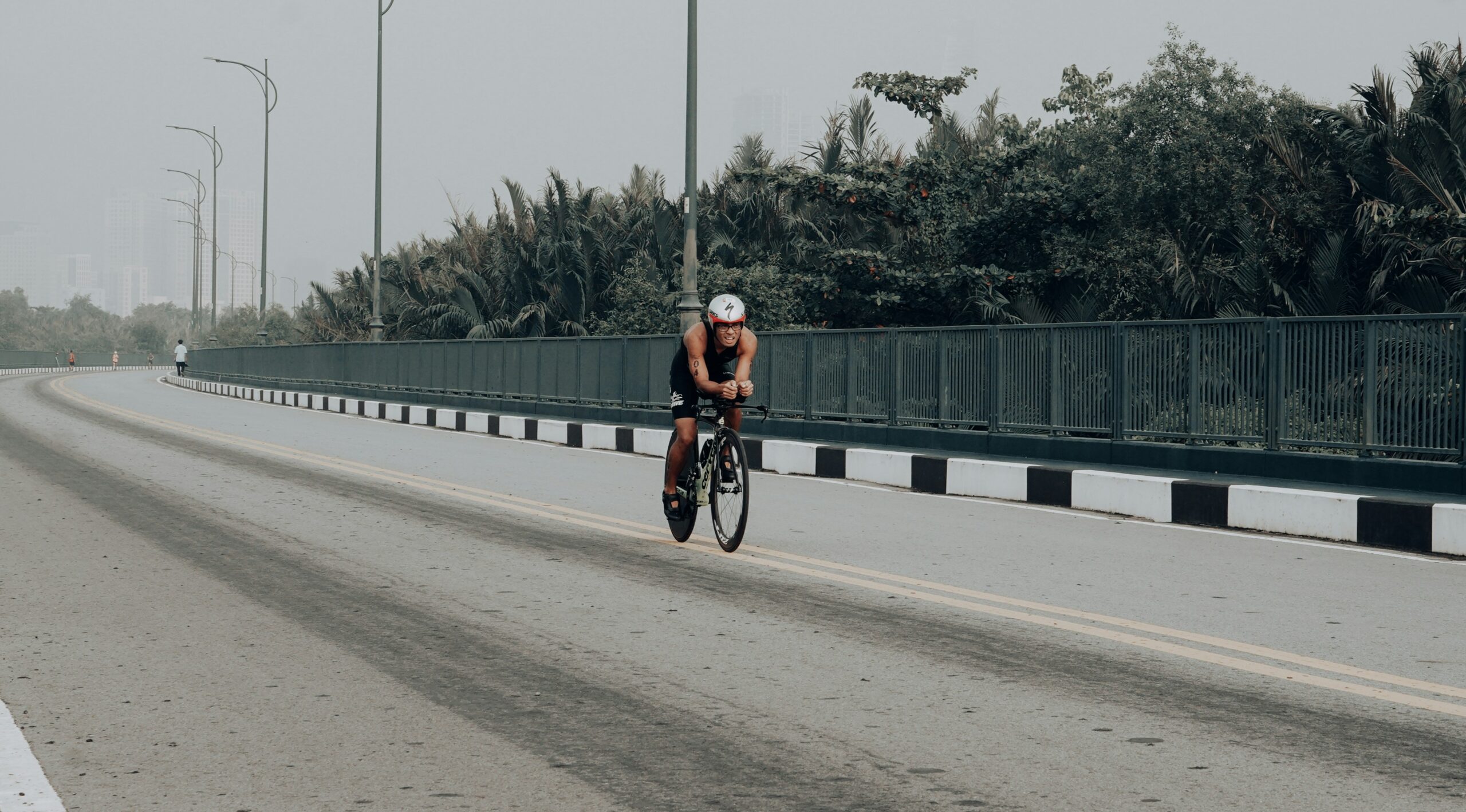Building cycling-specific conditioning isn’t just about riding more—it’s about riding smarter. Whether you’re preparing for your first century ride or aiming to dominate local criteriums, the build phase of training is where your cycling potential truly takes shape.
At VeloVostra, we understand that proper build conditioning is the bridge between basic fitness and peak performance. This comprehensive guide breaks down everything you need to know about this crucial training phase.
What Is Build Conditioning in Cycling?
Build conditioning represents the middle phase of a periodized training plan, situated between base training and specialized/peak training. During this phase, cyclists transition from general fitness development to more race-specific preparation through:
- Increased intensity workouts that challenge your lactate threshold
- Sport-specific training that mimics race demands
- Structured progression that systematically increases training stress
- Strategic recovery that prevents overtraining while promoting adaptation
For most cyclists, the build phase typically lasts 8-12 weeks, depending on your event schedule and training history. The primary goal is clear: develop the specific physiological adaptations needed for your target events while building mental toughness.

The Science of Periodization in Build Conditioning
Periodization—the systematic planning of athletic training—is the backbone of effective build conditioning. Research consistently shows that properly periodized training produces superior results compared to unstructured approaches.
Different Periodization Models for Cyclists
- Linear Periodization: Gradually increases intensity while decreasing volume over timeExample: Week 1: 12 hours, mostly Zone 2 → Week 8: 9 hours, higher percentage of Zone 4-5 work
- Block Periodization: Focuses on specific abilities in concentrated blocksExample: 3 weeks strength/power focus → 3 weeks threshold development → 3 weeks VO2max work
- Undulating Periodization: Varies intensity and volume within shorter cyclesExample: Monday: high intensity/low volume, Wednesday: moderate intensity/moderate volume, Saturday: low intensity/high volume
Progressive Overload: The Engine of Improvement
Progressive overload—gradually increasing training stress—drives adaptation during the build phase. However, simply riding harder or longer each week often leads to burnout or injury.
Effective progression requires:
1. Strategic Intensity Increases
Research indicates that well-trained cyclists benefit most from increasing workout intensity by approximately 3-5% per week during the build phase. This might mean:
- Week 1: 3 × 8 minutes at 90% FTP
- Week 2: 3 × 9 minutes at 90% FTP
- Week 3: 3 × 8 minutes at 93% FTP
- Week 4: Recovery week with reduced volume/intensity
2. Varied Progression Methods
- Volume progression: Extending the duration of key workouts
- Intensity progression: Increasing power targets in structured intervals
- Density progression: Reducing recovery between efforts
- Complexity progression: Adding technical elements (e.g., variable terrain, pack riding)
3. Training Metrics That Matter
Tracking appropriate metrics ensures your progression is optimal:
- Training Stress Score (TSS): Aim for ~5-8% weekly TSS increase during build weeks
- Chronic Training Load (CTL): Target 3-5 point weekly increases
- Variability Index: Monitor for increases in workout execution quality
- Decoupling (heart rate drift): Should decrease as conditioning improves

The Recovery Revolution: Optimizing Adaptation
Recovery isn’t just the absence of training—it’s an active process that determines how effectively your body adapts to training stimuli. Research shows that proper recovery can accelerate adaptation by up to 20%.
Recovery Strategies with Scientific Support
- Sleep Optimization
- 7-9 hours of quality sleep is non-negotiable during build phase
- Pre-sleep routines: reduced blue light exposure, consistent schedule
- Sleep quality monitoring via HRV or other metrics
- Nutrition Timing
- Post-workout 4:1 carb-protein ratio within 30 minutes
- Strategic carbohydrate periodization aligned with workout demands
- Anti-inflammatory foods to support cellular recovery
- Active Recovery Protocols
- Zone 1 rides (25-40% FTP) to promote blood flow without adding fatigue
- Mobility work targeting cycling-specific movement patterns
- Contrast therapy for enhanced circulation and inflammation management
- Recovery Week Implementation
- Typically every 3-4 weeks during build phase
- Reduce volume by 40-60% while maintaining some intensity
- Focus on technique and movement quality
Building Mental Conditioning Alongside Physical
The psychological aspects of build conditioning are often overlooked despite being equally crucial to performance. Research from sports psychology demonstrates that mental training during the build phase significantly impacts race-day execution.
Effective mental conditioning includes:
- Process-oriented goal setting that focuses on execution rather than outcomes
- Visualization practice integrated into key workouts
- Discomfort tolerance training through structured suffer sessions
- Confidence-building through objective performance tracking

Common Build Phase Mistakes to Avoid
- Excessive Training Volume The build phase isn’t about maximizing hours—it’s about optimizing intensity and specificity. Most amateur cyclists benefit from slightly reduced volume with increased quality.
- Inadequate Recovery Failing to incorporate strategic recovery leads to diminishing returns and potential overtraining. Schedule recovery as deliberately as you schedule hard sessions.
- Insufficient Specificity Generic intervals won’t prepare you for specific event demands. Tailor your build conditioning to replicate the physical and mental challenges of your target events.
- Inconsistent Progression Random hard efforts without systematic progression lead to scattered fitness development. Follow a structured progression model that builds logically.
Conclusion: Building Your Path to Cycling Excellence
Build conditioning represents the critical phase where general fitness transforms into sport-specific performance. By implementing scientifically-sound periodization, strategic progression, and optimized recovery, you’ll develop both the physiological and psychological foundations needed for cycling success.
At VeloVostra, we believe that intelligent training trumps hard training. Our coaching programs implement these evidence-based build conditioning principles to help cyclists of all levels reach their full potential.
How has structured build conditioning improved your cycling performance? Share your experiences in the comments below!


Leave a Reply